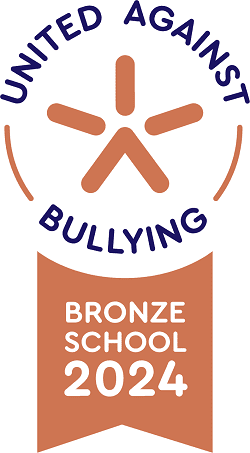Deciding what to do post-16 is another exciting step in a young person’s life, paving the way for further education and employment. It is a big decision, and it can feel overwhelming, so we’ve put together this quick guide for parents and carers on the variety of options available.
Young people must now stay in education or training until they are at least 18 years old. They can choose to continue studying or combine work with study through an apprenticeship or traineeship.

Staying in education
There is no shortage of choice for those who wish to continue studying. Far from being limited to a standard list of A Levels, students can now choose to qualify in a specific sector or industry. Whether they like classroom-based education or prefer hands-on experience in the workplace, there are options for every type of learner – use the table below to quickly compare what is available.
| A Level | T Level | Technical and vocational | Applied qualification | |
| Description | Study subjects that you took at GCSE or choose new ones. You can keep your options open with broad choices or make it career specific. | Designed in partnership with employers to combine classroom work with industry placements. | Qualifications which teach you how to do tasks specifically related to the industry and role you want to be involved in. | Qualifications that give you a broad overview of working in a specific sector. A mix of classroom-based learning and practical skills. |
| Duration | 2 years | 2 years | Course dependent | Course dependent |
| Assessment | Mostly exams | Exams, projects, and practical assignments | Can include coursework, skills test and exams | Course dependent (coursework and exams) |
| Level of study | 3 | 3 | 1+ | 3 |
| Work experience | Usually one week in year 12 | At least 45 days on industry placement | Course dependent | Course dependent |
| Leads to | University/college, higher and degree apprenticeships, work | University/college, higher and degree apprenticeships, work | Apprenticeship, work, college or university | University/college, apprenticeship, work |
For those still unsure, try narrowing down the search with this handy quiz from UCAS.
Choosing where to study
This is typically the first time that a young person will choose for themselves where they want to study – although we recognise the role that parents and carers play in this decision. Staying on in an academy sixth form has its benefits – you know the place and the people, which is a good starting point. But college or a further education centre offers the chance to make new friends and start preparing for life post-education, in an adult environment. Depending on the type of qualification, and/or subjects, this decision might be made for you!
What is the 16-19 bursary?
Anyone studying at a publicly funded school or college in England, or on a training course, may be entitled to a bursary. This money can be used for clothing, books and other course equipment, or even transport and lunch on the days they are studying.
The main type of bursary is for students in vulnerable groups, which is worth up to £1200 depending on the individual circumstances. Those who don’t qualify for this and need financial help, may be entitled to a discretionary bursary. You can check eligibility on the government website here.
Next steps
The next step is to find schools, colleges and other training providers in your area that offer the course and learning experience you’re looking for. This is where careful research will pay off – find out as much as you can about what is on offer, from the range of courses and the support available to the opportunities for personal development such as clubs and societies.
Whilst you might not be able to visit right now, most centres are running virtual open evenings, and this is your chance to ask those all-important questions. Find out more about East Leak Academy’s Sixth Form here.

